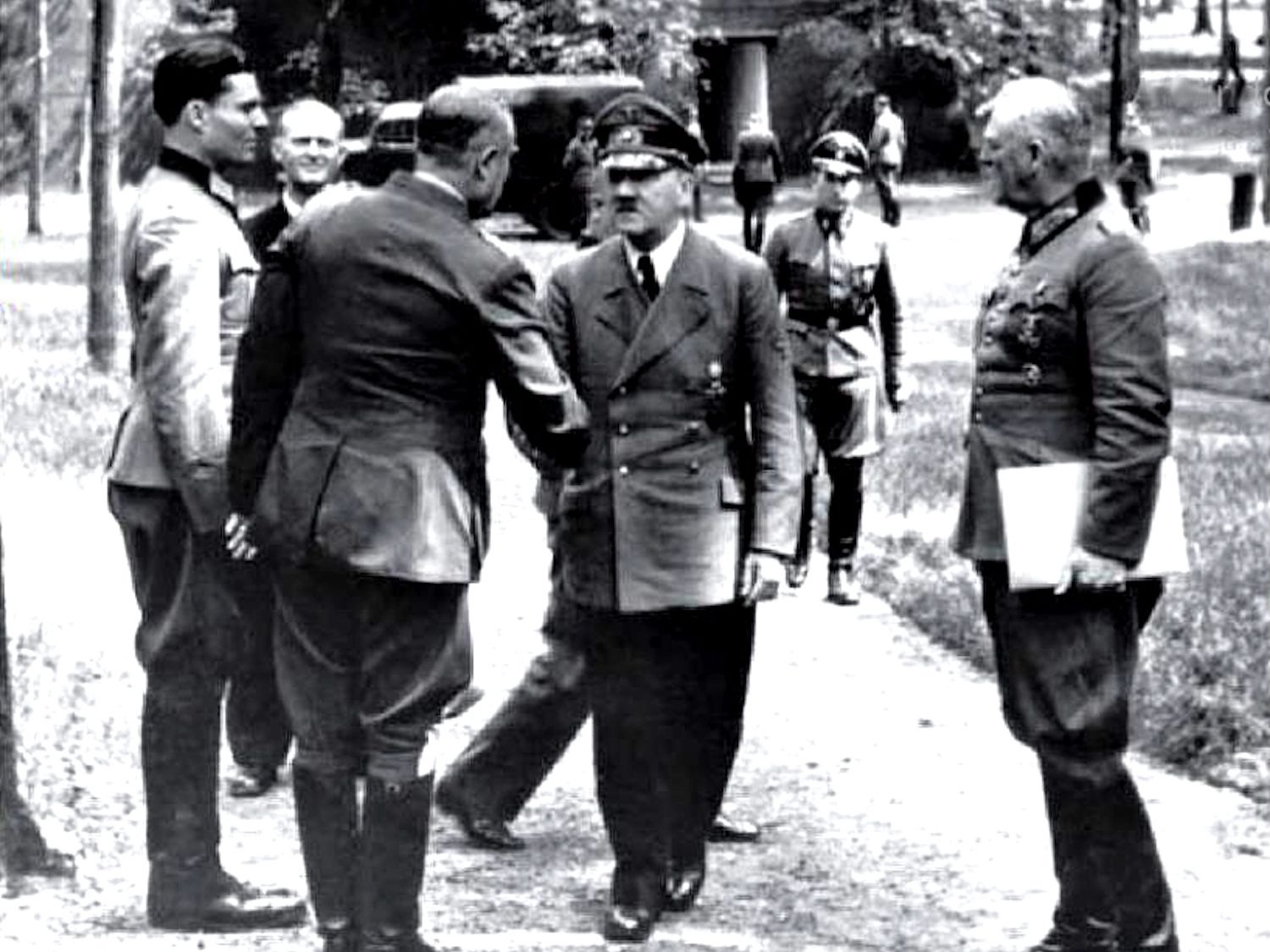The Day That Ended Hitler’s Reign: July 20, 1944 – Read Latest Op-ed by Rabbi Marvin Hier
July 19, 2020
By Rabbi Marvin Hier, SWC Founder and Dean
As the head of the Simon Wiesenthal Center, I’ve lead many missions to Holocaust sites, all terribly sad and emotionally draining but educationally meaningful. The exception, I promised myself that I would never return too was Wannsee. That palatial house still sitting on the outskirts of Berlin where on January 20, 1942 fourteen high ranking Nazi officials,six of them with PhDs from leading German University’s sat down to plan the ‘final solution’, the extermination of all of Europe’s Jews, amongst them members of my family. There sat not street goons but educated intellectuals who even toasted each other on their great accomplishment. As Heinrich Himmler, one of the most powerful man at that time put it some months later, “I want to talk to you ...on a very grave matter...the extermination of the Jewish race...most of you know what it means when one hundred corpses are lying side by side...to have remained decent fellows...this is a page of glory in our history….”
Although the Nazi surrender to the Allies formally ending World War II took place on May 8th, 1945, for Adolf Hitler it really ended on this day, 76 years ago, on July 20, 1944, the day Colonel Claus Von Staufenberg planted a bomb in the Nazi leaders conference room in the Fuhrerbunker in Berlin. The bomb was pushed away at the last minute by one of the attendees allowing Hitler to escape with only a slight wound. But, truth be told, that day ended Hitler’s reign. From then on, reeling from the successful Allied landings in Normandy, Hitler knew his end was near. Never again would he able to trust even his closest aides or feel secure enough to attempt a good nights sleep. Indeed from that day on, Adolf Hitler never again addressed the German people at a public rally anywhere in Germany. The man who loved the Zeig Heils from the masses would never hear them again. How ironic it is that Hitler’s most guarded secret was the meeting in Wannsee to exterminate Europe’s Jews.

Stauffenberg, left, with Hitler (centre) and Wilhelm Keitel, right, in an aborted attempt at Rastenburg on 15 July 1944.
As destiny would have it, a few weeks after D-Day in July of 1944, Claus Von Stauffenberg held many meetings in his home planning Hitler’s assassination, the very same home located in the city of Wannasee, where the destruction of the Jewish people had been planned a few years earlier. At 6 AM on July 20, he left to carry out the sacred mission of ending the reign of the most notorious murderer in the history of humankind.
- Regional Offices
- Los Angeles
- New York
- Midwest US
- Southern US
- Toronto
- Jerusalem
- Paris
- Buenos Aires

